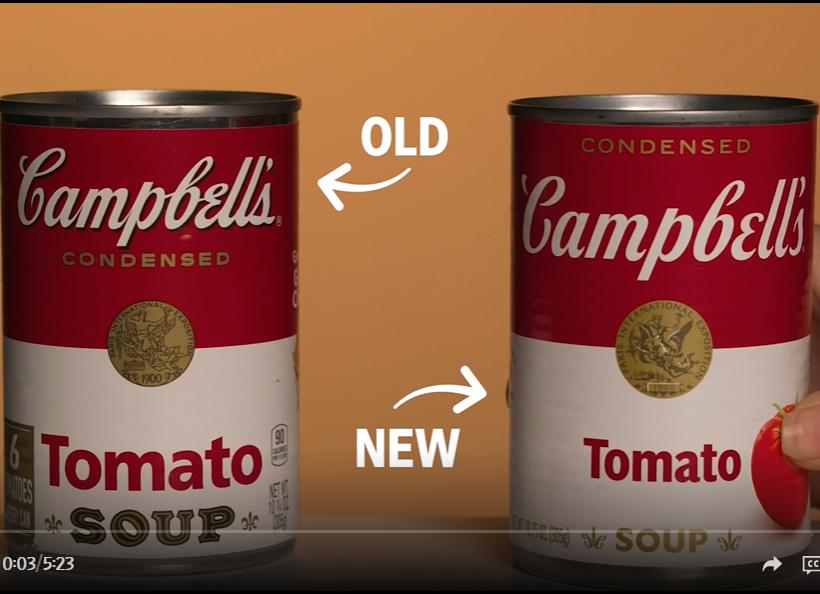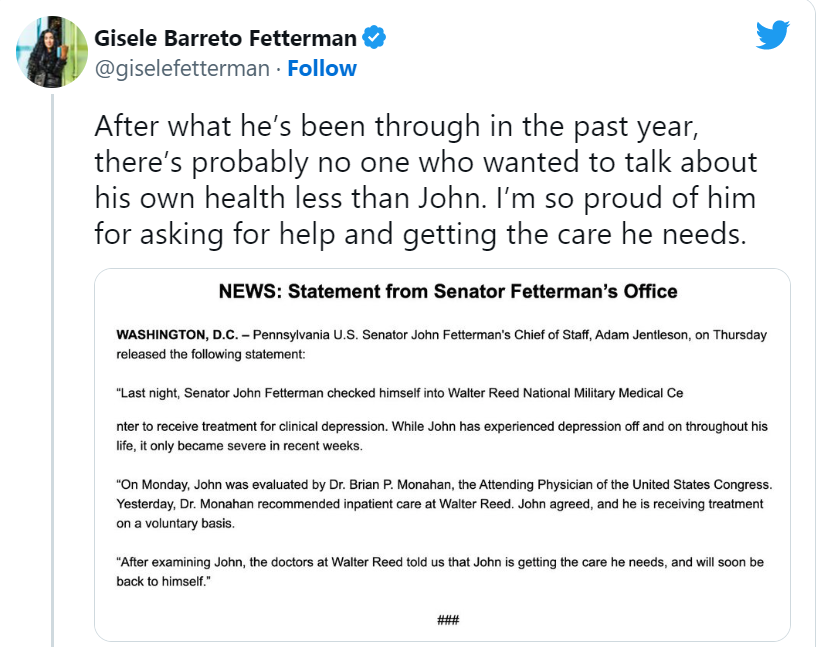Small Talk Phrases
/Matt Abrahams promotes his new book in an attention-grabbing CNBC headline: “The No. 1 phrase people who are good at small talk always use, says Stanford public speaking expert.” Of course, I was curious about the phrase, and it is . . . “Tell me more.”
Although the headline is hyperbolic (“No. 1” and “always”), Abrahams is encouraging what any business communication faculty member would encourage: use open-ended questions and phrases. He also recommends, “What excited you about that?” or “Wow, what happened next?” or “How did you feel when that happened?” Abrahams’ point is to avoid “shifting” the conversation to yourself. However, sometimes it’s useful to relate to a speaker by sharing your own experience. Also, these phrases are useful when, at times, you’re not sure what to say in response.
Students might choose phrases that feel more natural to them, for example, “I’d like to hear more about __,” “Say more about that,” or, simply, “Really?” I recently heard, “Can you take that thinking further along the track for me?” I liked that approach given the situation (a complex political idea). In similar situations, I’ve heard others offer a noncommittal “Interesting,” which felt like a polite, “Please stop talking now.”
In addition to “small talk” situations, students could practice these phrases during presentation Q&As.




















